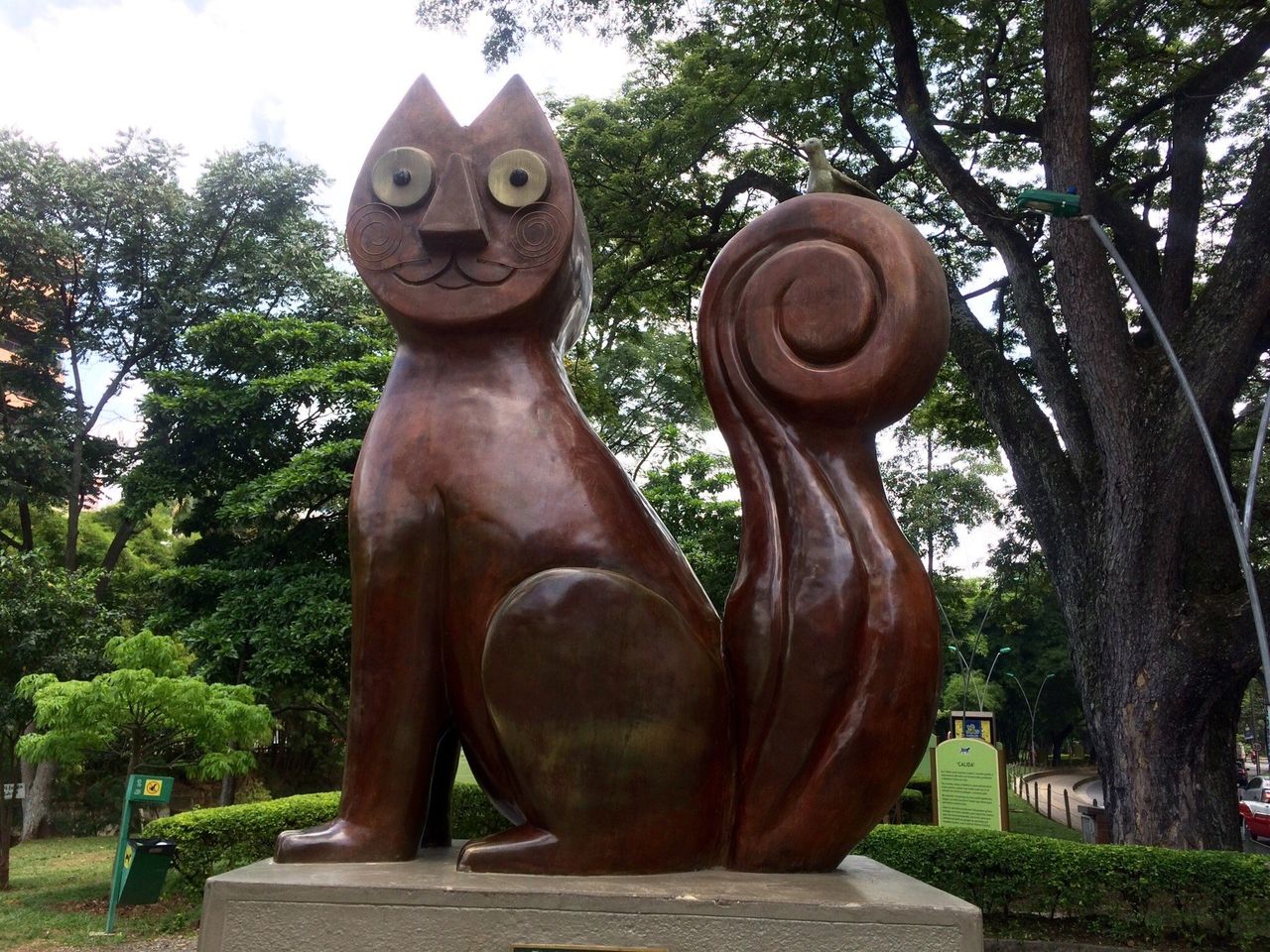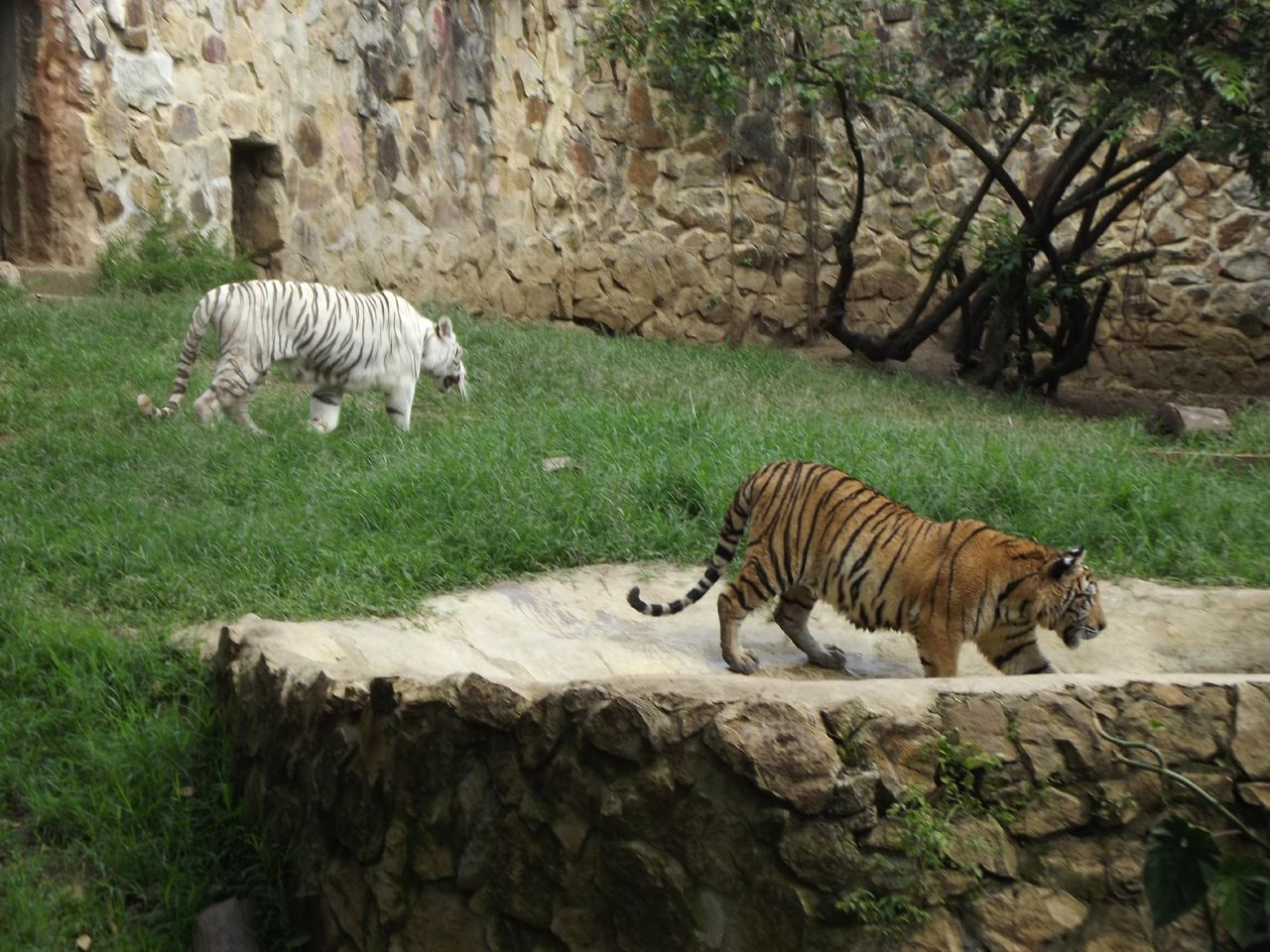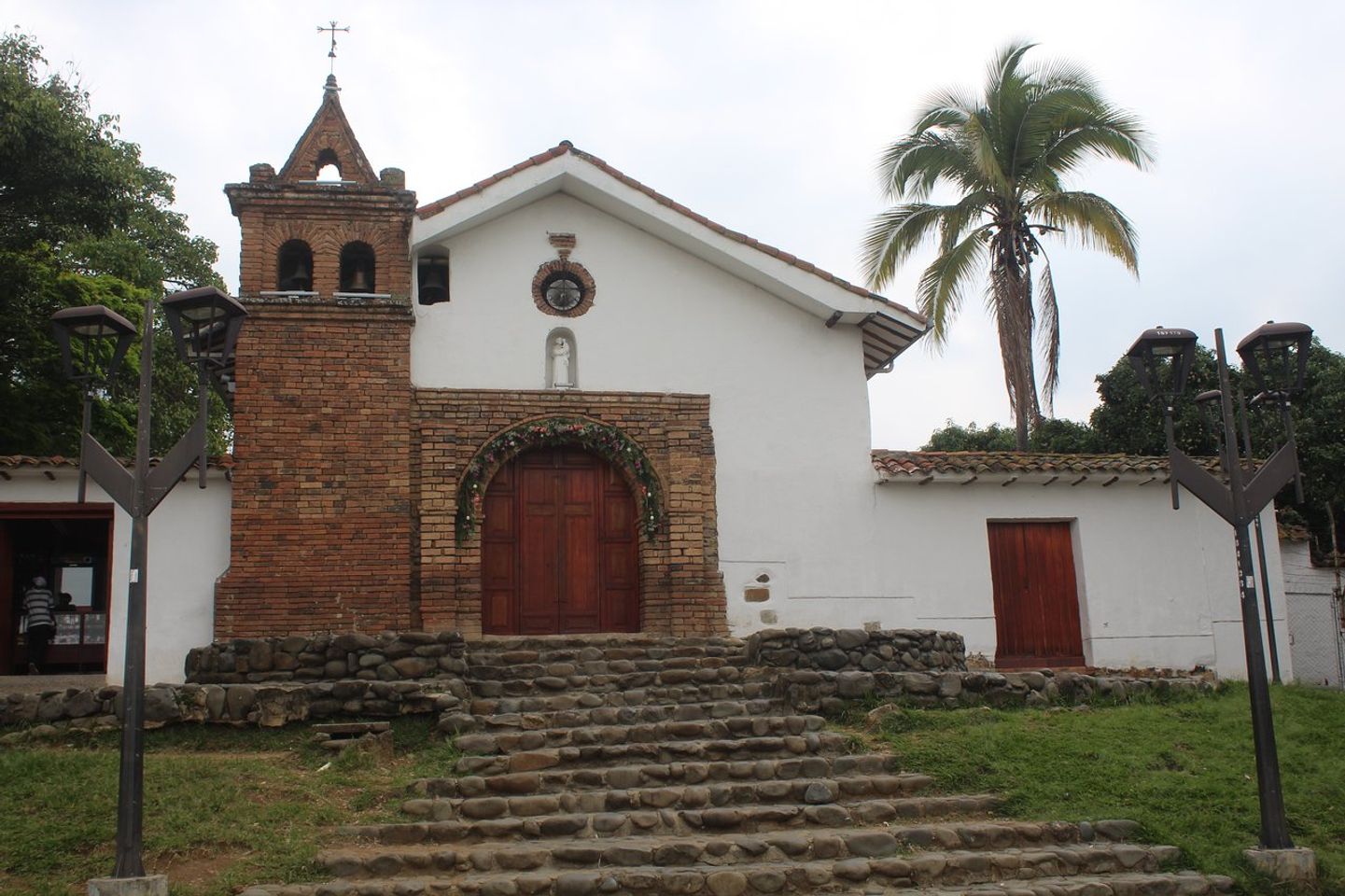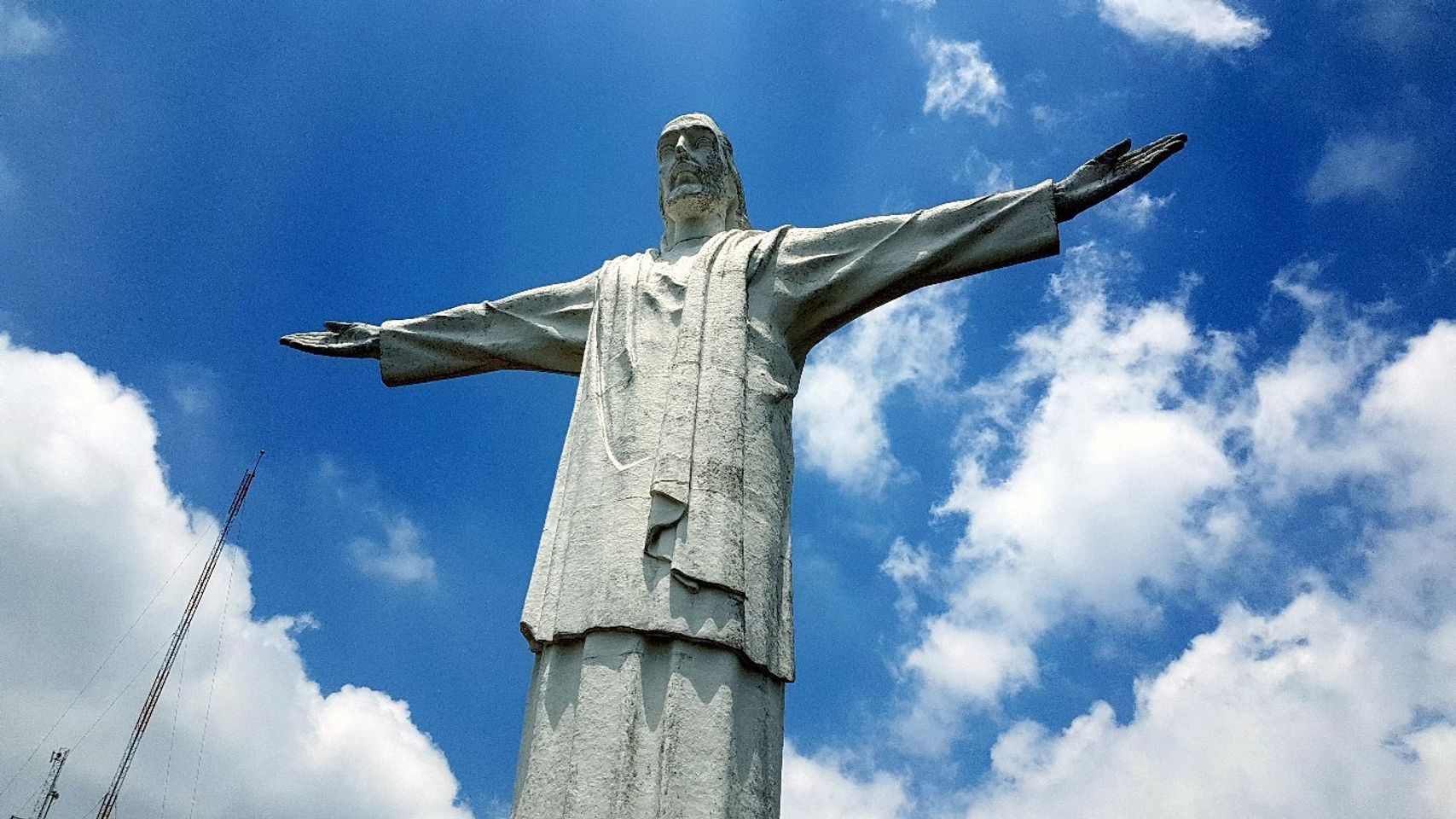Uncovering the Hidden History of Calis Sebastian Statue
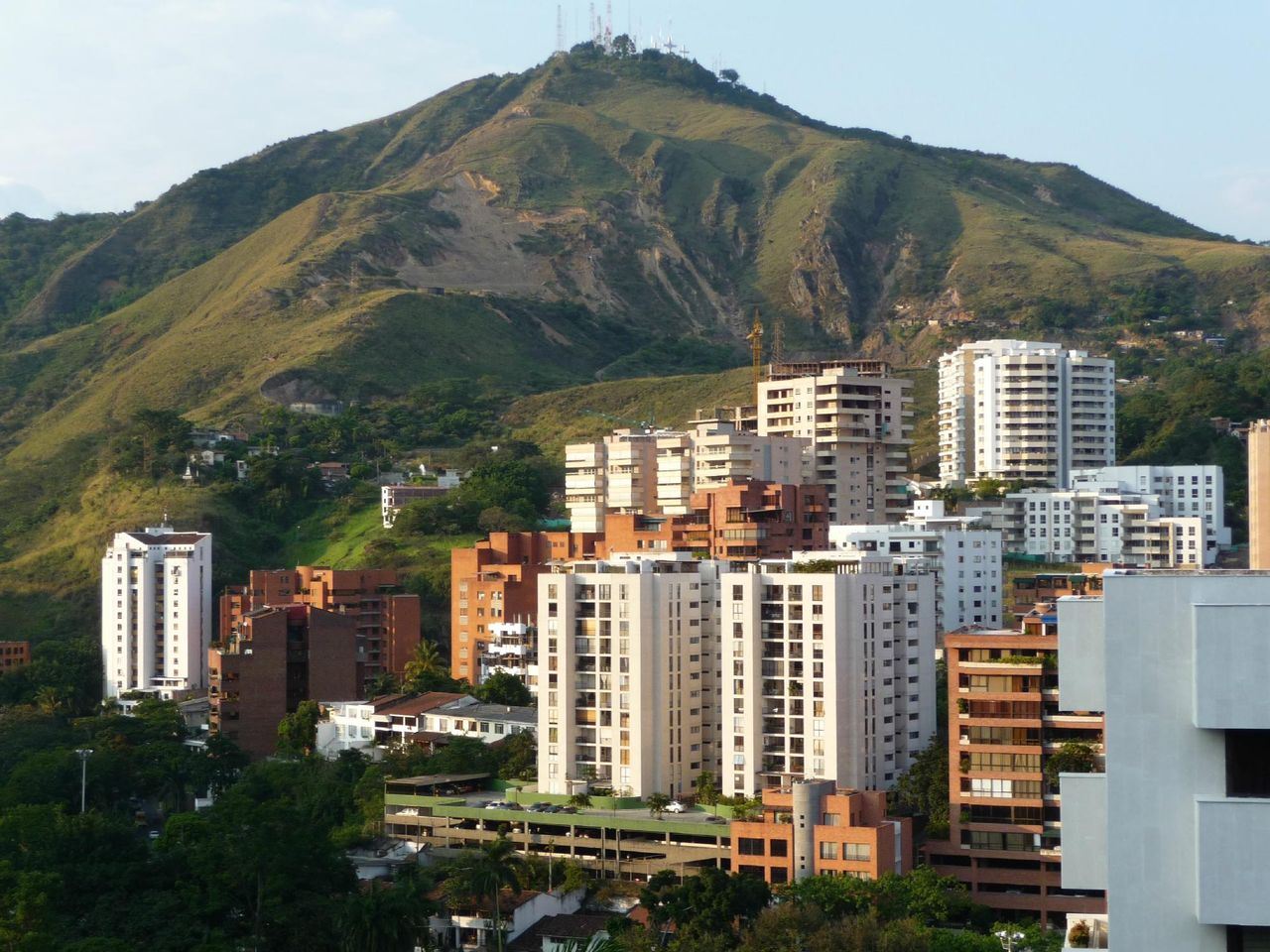
As we navigate through the complexities of our past, decisions that were made centuries ago continue to shape our present, for better or worse. Cali, the third most populous city in Colombia, is no exception. The city has been the stage of significant historical milestones that have paved the way for its current development, including the arrival of European colonizers. One of the most notable figures from that time is Sebastian de Belalcázar, a Spanish explorer who founded many cities in South America. This historic figure is celebrated in Cali with a controversial statue that has sparked debate and criticism.
Despite its commemorative purpose, the statue of Sebastian de Belalcázar in Cali is a contentious subject amongst residents and visitors. On one hand, the statue is considered a symbol of the city’s history and heritage. On the other hand, many see it as a reminder of the tragic consequences of colonization, particularly the violence inflicted on indigenous populations. The statue’s presence has reignited debates about the need to reconcile with the past and honor the memories of those who suffered during the conquest.
In this article, we explore the significance of the Sebastian de Belalcázar statue in Cali. We examine the various arguments surrounding the statue’s existence, including its historical relevance and cultural significance, as well as the arguments against it. We make a case for a thoughtful and nuanced approach to the statue, one that acknowledges the complex and painful realities of the past while still respecting the city’s heritage. Click here to access the complete city guide for Cali.
Background on Sebastian de Belalcázar
As we stand before the imposing statue of Sebastian de Belalcázar, we cannot help but marvel at the complexity of his background. Belalcázar was a key figure in the Spanish conquest of the Americas. However, history books often gloss over his controversial actions and the devastating impact they had on Indigenous peoples. It is important for us to acknowledge and learn from these troubled aspects of his legacy.
Belalcázar’s ruthless tactics in the conquest of modern-day Colombia, Ecuador, and Peru led to the genocide of countless Indigenous peoples. He claimed territories and subdued populations through violence and coercion, leaving scars that still linger today. His violent legacy continues to be felt in the ongoing struggles for Indigenous rights in these regions.
Nevertheless, Belalcázar’s impact on the formation of Hispanic America cannot be ignored. He founded several key cities, including Quito and Cali, which remain important cultural centers in the region. As we contemplate his statue, we must confront these complex and often contradictory aspects of his legacy and strive to understand the true impact of his actions on the people and places he conquered.
The significance of the statue in Cali
As we approach Sebastian de Belalcázar’s Statue in Cali, our eyes are immediately captured by its grandeur. Standing tall and confident, the statue represents a crucial piece of history that we cannot afford to forget. Belalcázar’s conquest of Colombia and his founding of Cali was a defining moment that shaped the nation’s future, and we must pay homage to his legacy.
But the statue’s significance goes beyond its historical value. It serves as a symbol of resilience and perseverance for the people of Cali. Despite the many challenges that the city has faced, including natural disasters, political unrest, and economic struggles, the statue stands tall, a reminder that we can overcome any obstacles if we remain devoted to our goals.
In a world where the past is too often dismissed or forgotten, the Sebastian de Belalcázar Statue serves as a crucial reminder that our history shapes our present and future. By visiting this remarkable monument, we acknowledge the sacrifices of our ancestors, and we embrace their legacy, inspiring us to continue to work for a brighter future.
Controversies surrounding the statue’s placement
As we stand before the statue of Sebastian de Belalcázar, it’s difficult to overlook the controversies surrounding its placement in Cali, Colombia. We must admit that it is quite a feat for a statue to evoke such strong emotions and opinions from the public. Nevertheless, the contentious history of the figure the statue represents cannot be brushed off so easily.
Many argue that Belalcázar was a ruthless colonizer who carried out brutal acts against the indigenous population of Colombia. They say he is no hero but a symbol of oppression, genocide, and colonialism. It is essential to understand that the statue’s presence is a constant source of pain and anguish for many citizens, particularly the indigenous people of Colombia, whose voices have been largely ignored in the past.
Others argue that the statue represents an important part of the country’s history, and its removal would be an affront to the memory of its founding fathers. They view it as a symbol of national pride and insist that it should be preserved at all costs. It is imperative that we acknowledge and understand the significance of the statue to some members of society while also taking into account the pain it causes to others. It is a complex issue that cannot be easily resolved, but it’s a conversation worth having.
Conclusion
In conclusion, the Sebastian de Belalcázar statue controversy in Cali, Colombia highlights the complex intersection of history, identity, and social justice. While some argue that the statue represents a historical figure worthy of commemoration, others argue that it glorifies a colonizer who engaged in horrific acts of violence against indigenous peoples.
Regardless of which side of the debate we stand on, it is clear that the statue represents a painful history that still resonates with many in Colombia and beyond. The public dialogue surrounding the statue is an important step toward acknowledging and reckoning with this history, and we must continue to engage in conversations about how to move forward in a way that respects all perspectives.
Ultimately, the statue’s fate will be decided by the people of Cali and Colombia as a whole, and it is our hope that this decision will be made with careful consideration and sensitivity to the diverse perspectives of those impacted by it. As we grapple with the complexities of our past, we must remember that our actions today will shape the future, and we must strive to build a more equitable and just society that fully acknowledges and respects the diverse histories and identities of all people.

